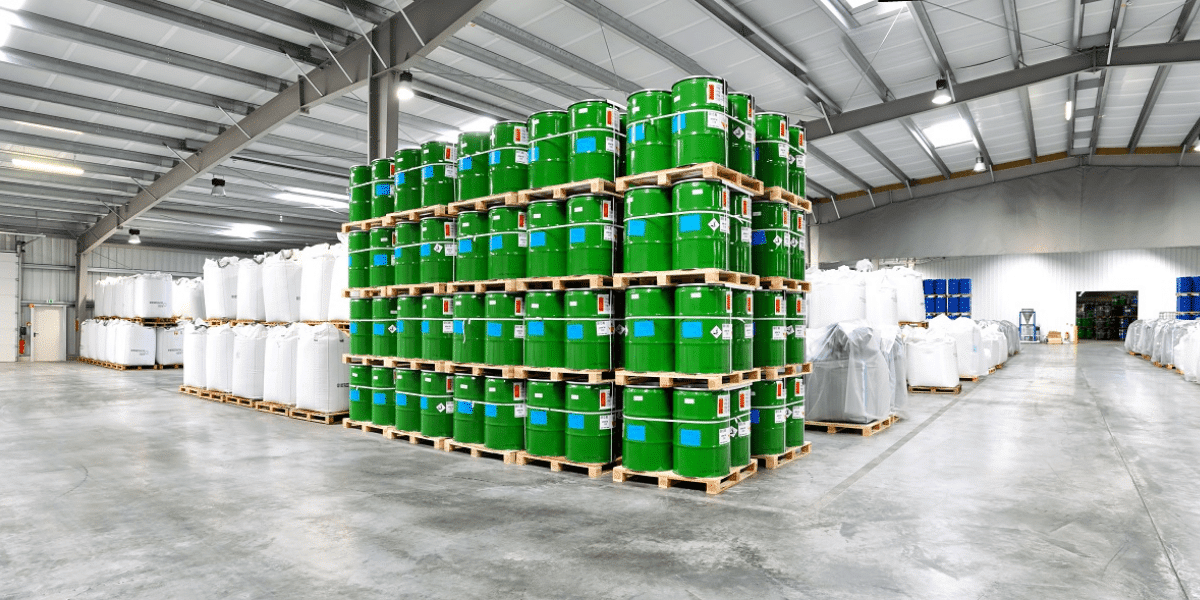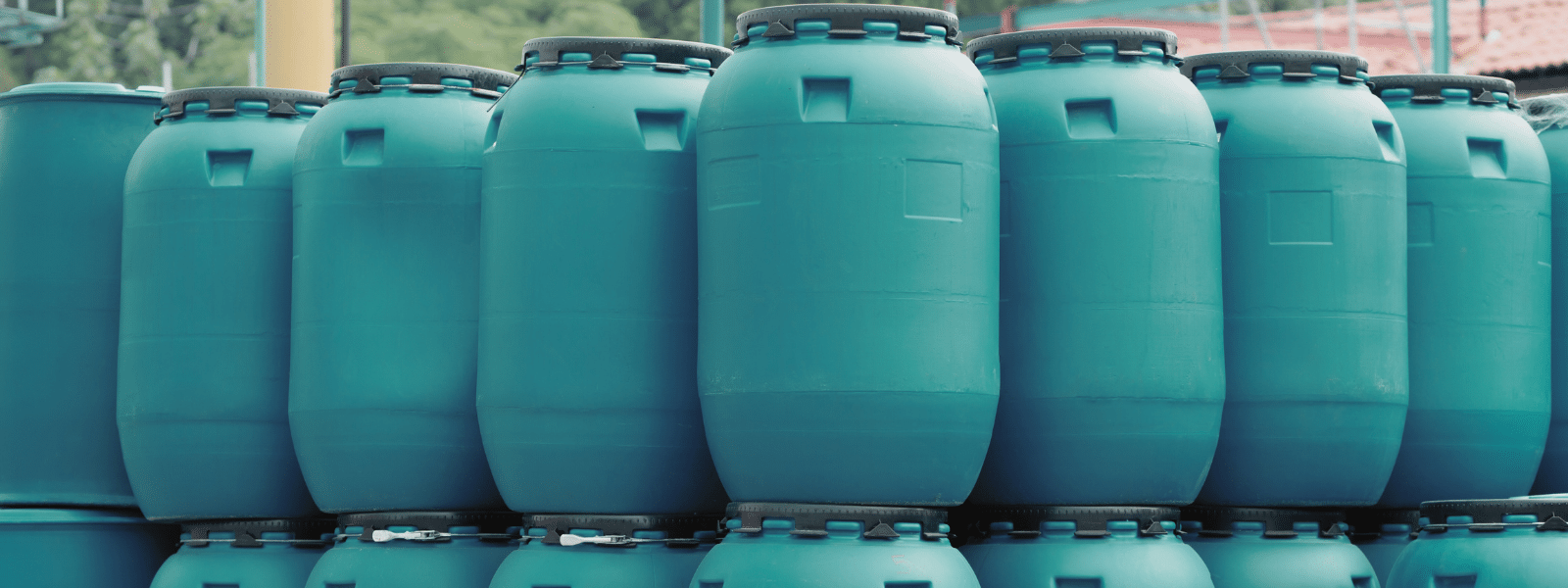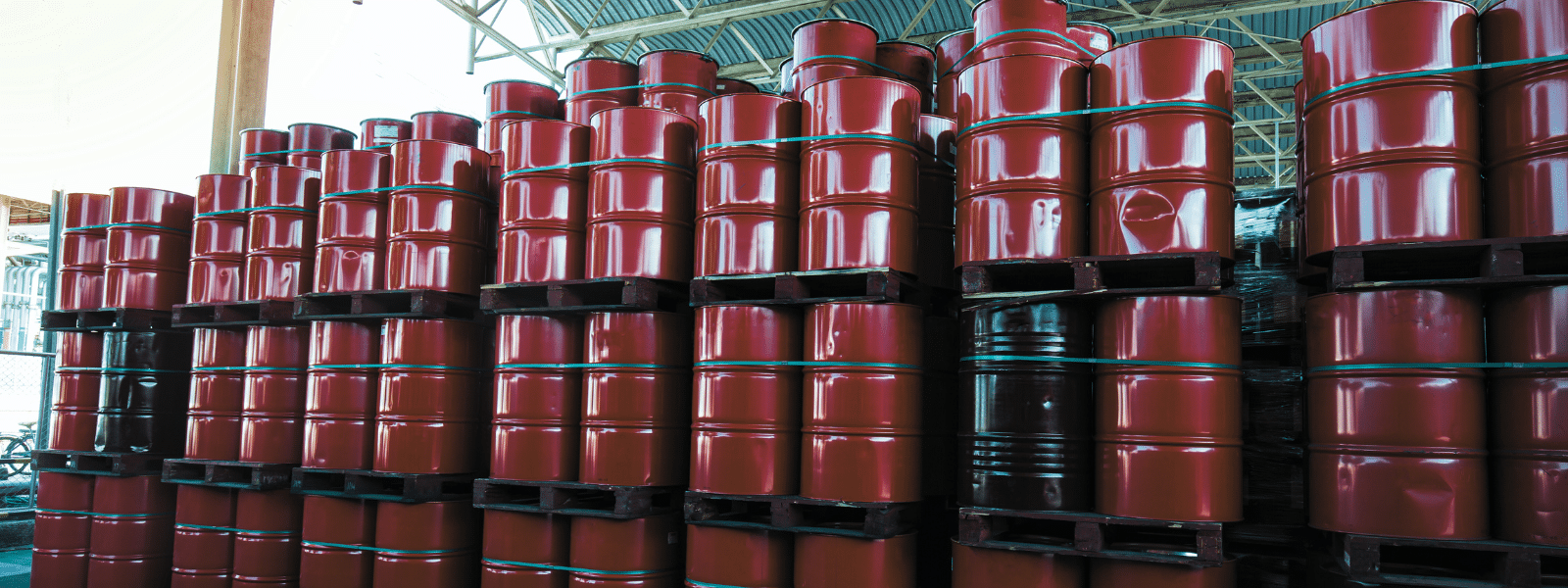Biofilm, or the slick, slimy layer of microorganisms that can form on any surface, can cause real problems for cooling towers. Whether it blocks the flow of water or hinders the exchange of heat, it is important to explore methods to biofilm.
Examples of Biocides for Cooling Towers
The most common and cost-effective method of removing biofilm in cooling towers is using biocides. Biocides come in two main types: non-oxidizing biocides and oxidizing biocides.
Oxidizing biocides, which work by destabilizing the exterior molecules of the cells by removing electrons, are among the most commonly used. Some examples of these chemicals include:
- Cl2 (gas)
- NaOCl
- Calcium hypochlorite
- Bromine chloride
- Stabilized bromine
- Hydrogen peroxide
- Ozone (gas)
Chlorine and bromine are used very commonly because of their low cost and high efficiency of oxidation, in part because both elements are highly electronegative, meaning they can easily attract electrons to leave the microorganisms.
Non-oxidizing biocides, which work by disrupting the reproduction and other life functions of microorganisms, might include:
- Thiocyanates
- Glutaraldehyde
- Isothiazolone
- Quaternary ammonium compounds
All of these compounds work best under certain conditions, so it is important to consider the qualities of the cooling tower, and the type of biofilm afflicting it.
Methods of Cleaning Cooling Towers
Beyond the introduction of biocides, there are physical methods of removing biofilm. These include:
- Flushing water quickly through the system
- Electrical currents
- Ultrasound exposure
Flushing the tower with a large amount of water can work to dislodge biofilm and remove any free-floating residue. That is an important aspect because unless they are completely removed, microorganisms can grow back exponentially.
Running an electrical current through a water-based infrastructure may seem far-fetched, but even a small voltage can have an impact on microorganisms. While small voltages do not typically kill existing organisms, they will prevent them from reproducing, which ultimately prevents greater accumulation.
Ultrasound technology is increasingly used in cleaning processes because of its ability to create bubbles. When ultrasound waves penetrate a liquid, it creates negative spaces, which then quickly collapse into themselves, creating an abrasive effect, which can help dislodge biofilm from cooling tower membranes. However, it is difficult to effectively submit all areas of a cooling tower to the same level of ultrasound, so this method may be used in conjunction with another.
Interested in Removing Biofilm?
While biocide may not be the only method of interest, the means to remove biofilm from cooling towers requires chemical expertise. If you are looking to introduce a new cleaning method to your industrial system, the experts at Ecolink are here to help you along the way. Please don’t hesitate to reach out today!















